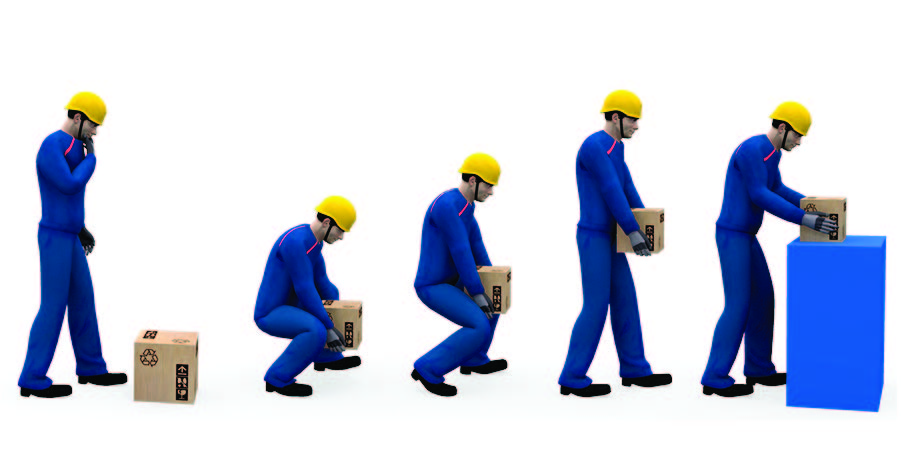
1. Think before lifting/handling – Plan the lift. Can handling aids be used? Where is the load going to be placed? Will help be needed with the load? Can you stop and rest if you need to? Are you wearing the appropriate protective equipment? Remove any obstructions. For a long lift, consider resting the load midway on a table or bench to adjust your grip.
2. Adopt a stable position – The feet should be apart with one leg slightly forward to maintain balance. Be prepared to move your feet during the lift to maintain stability. Avoid tight clothing and unsuitable footwear.
3. Get a good hold, start in a good posture – the load should be kept as close to the body as possible. At the start of the lift, slight bending of the back, hips and knees is preferable to stooping or squatting.
4. Keep the load close to the waist – keep the load close to the body for as long as possible while lifting. Avoid twisting the back or leaning sideways. Shoulders should be kept level and facing in same direction as the hips. Keep the load’s heaviest side close to the body.
5. Put down, then adjust – if precise the positioning of the load is necessary, put it down first and then slide into position.
